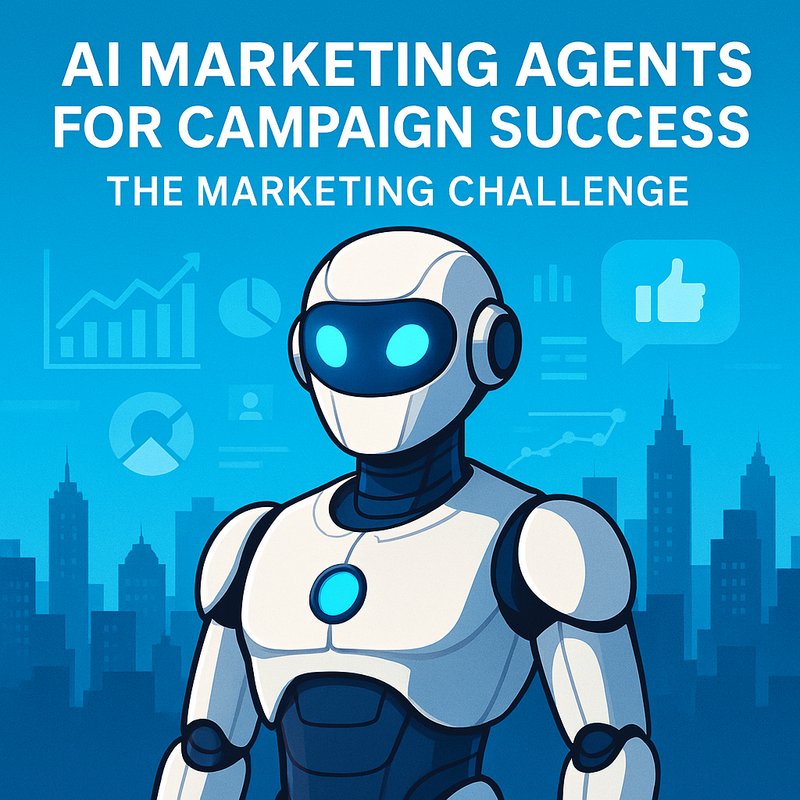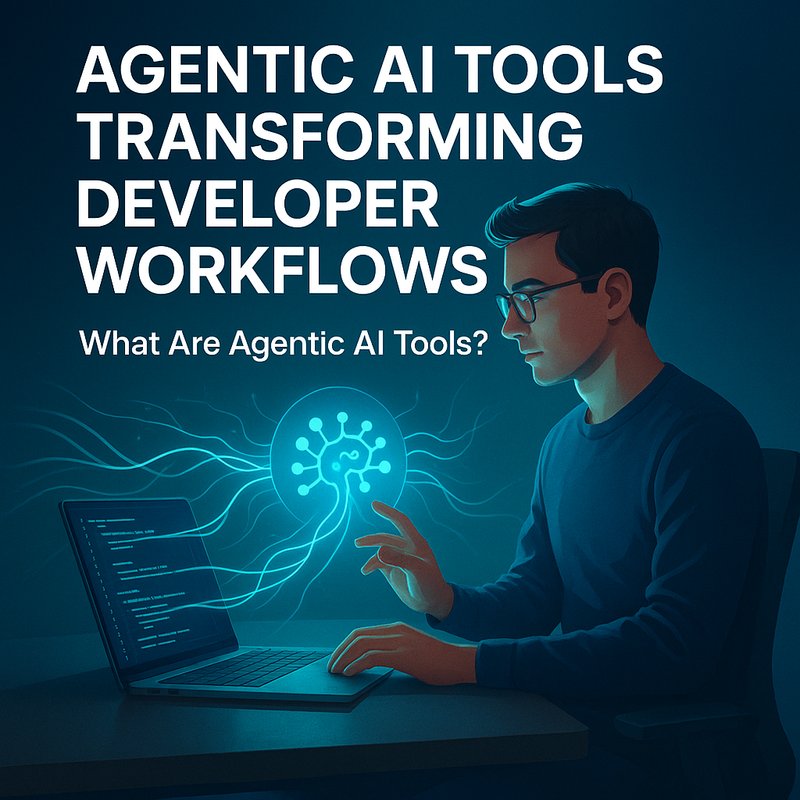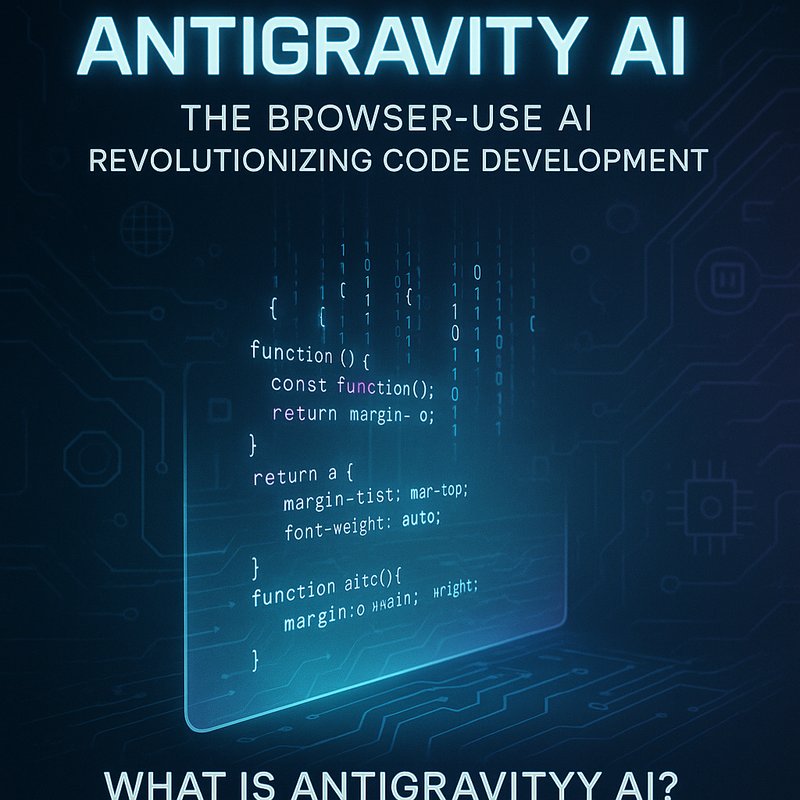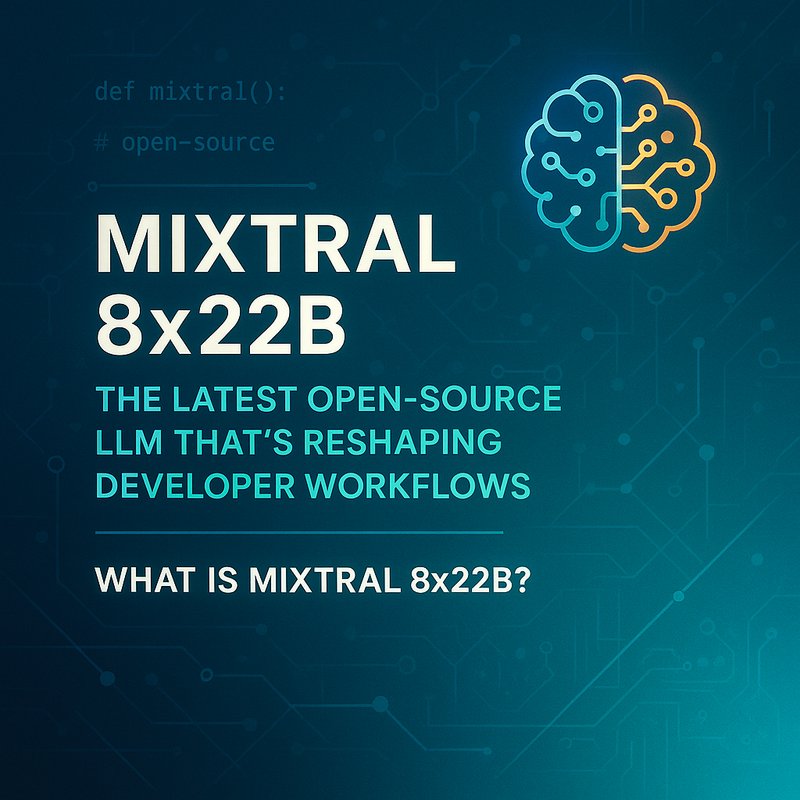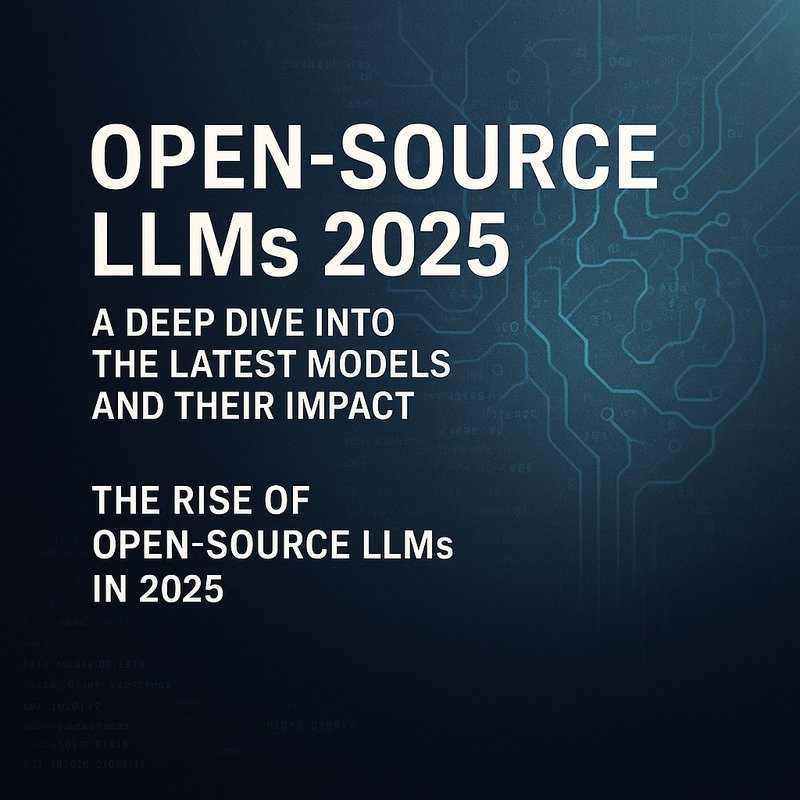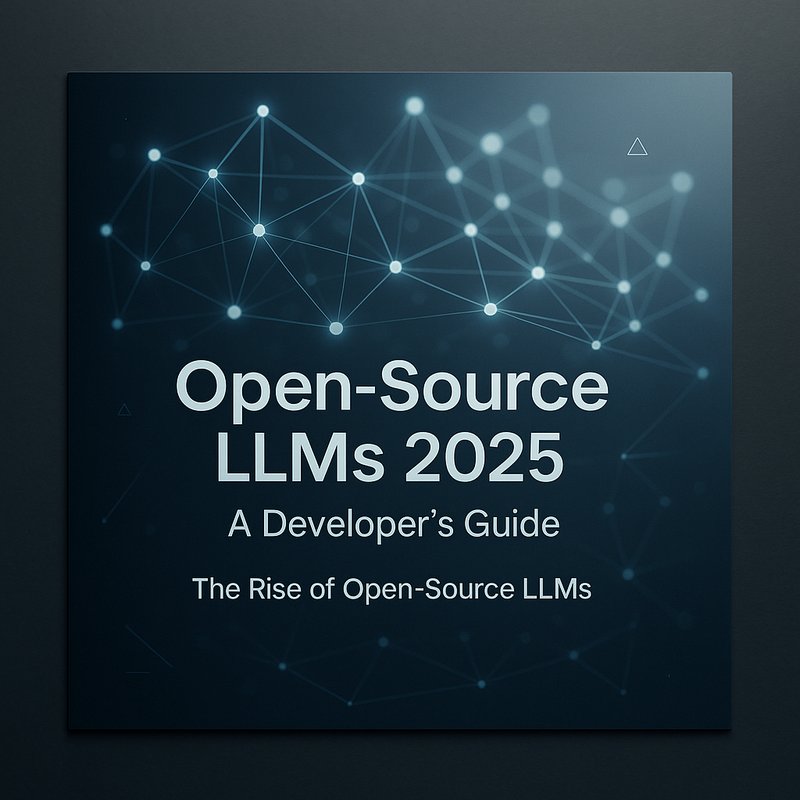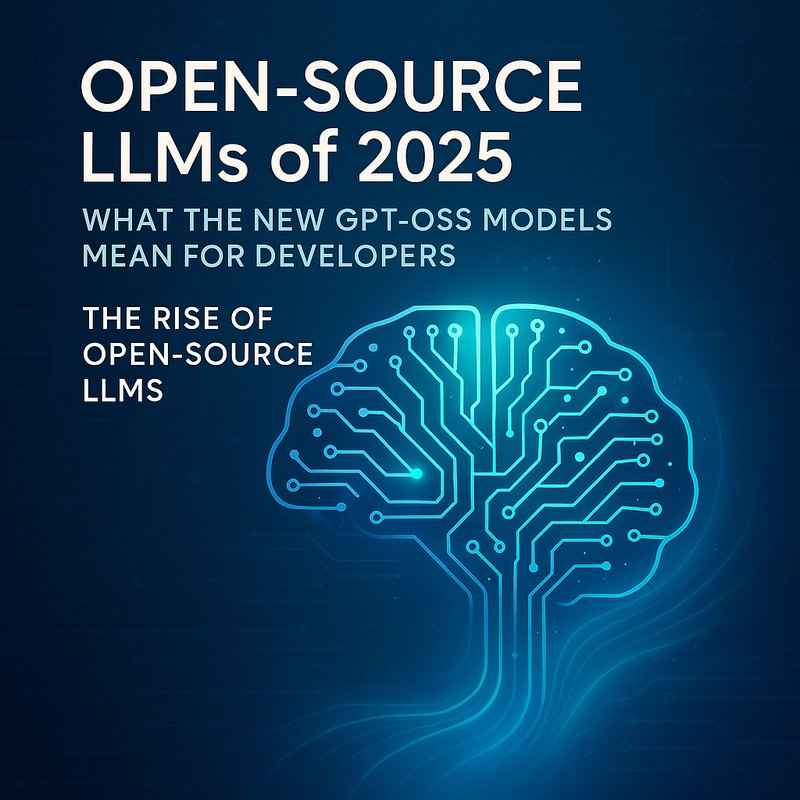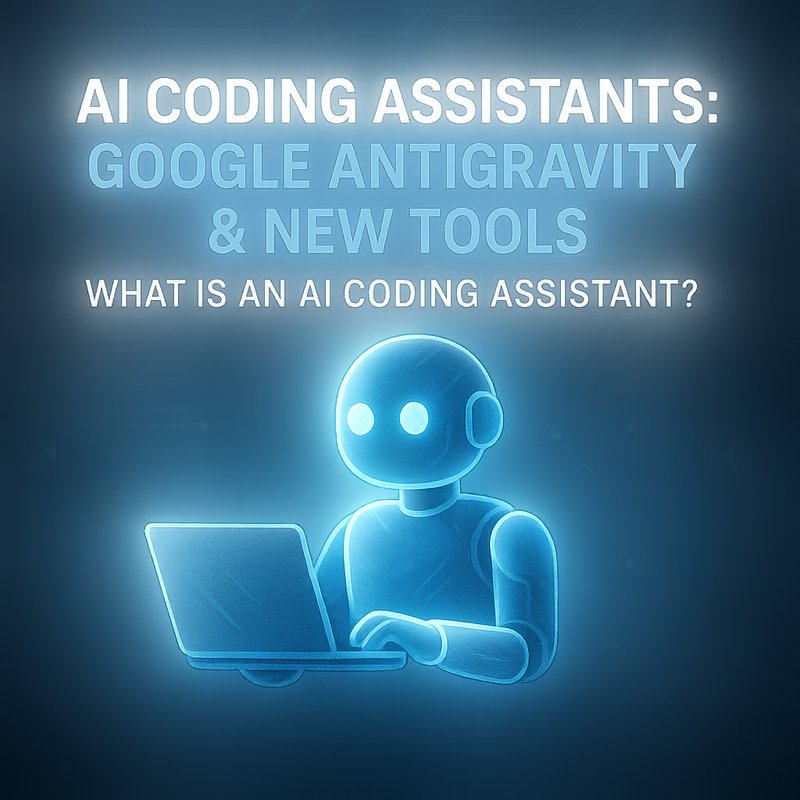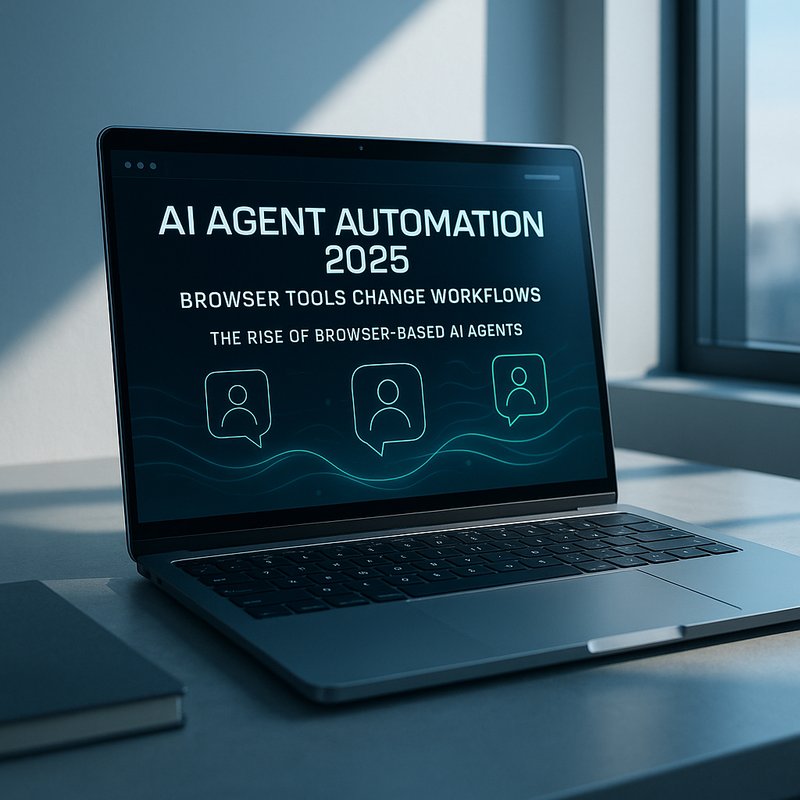Every marketer knows the scramble: segmenting audiences, drafting copy, scheduling posts, tracking performance, tweaking ads. It feels like juggling a dozen balls—and one drops, you risk wasted budget. What if you had an assistant that never tires, analyzes your data, drafts creative content, and spots performance dips before they sink your ROI? That’s where AI marketing agents come in.
Neura AI offers a suite of RDA Agents and Router tools that can handle mundane marketing chores and spark new ideas. In this article, we’ll dive into how you can use AI agents to level up your campaigns. No jargon. Just practical tips you can try today.
The Marketing Challenge
Let’s be honest: modern marketing is a moving target. You have to:
- Identify and group audiences
- Draft email sequences, ad copy, and social posts
- Coordinate multi-channel calendars
- Monitor metrics in Google Analytics or Meta Ads Manager
- Run A/B tests and pivot strategies quickly
I’ve seen small teams spend 60% of their week on these tasks. The catch? Those hours could fuel brainstorming sessions, deeper customer research, or relationship building. So how do you reclaim your time?
How AI Agents Fit In
An AI agent can act like a junior marketer that never sleeps. You give it a goal—like “Boost open rates by refining subject lines”—and it uses natural language models (for instance, an OpenAI GPT-4 or Anthropic Claude) to draft options. Or you might feed it conversion data and ask for segmentation insights.
Here are core marketing areas where AI agents shine:
- Audience Segmentation: Let AI spot hidden patterns in your CRM
- Content Creation: Automate blog drafts, ad copy, and social posts
- Campaign Scheduling: Auto-populate calendars across Mailchimp, HubSpot, or Meta
- Performance Monitoring: Real-time alerts when KPIs dip
- Budget Optimization: Suggest ad spend shifts based on ROI
Let’s break these down.
AI-Driven Audience Segmentation
First, who are you actually talking to? You might think you know. But customer behavior often hides in plain sight.
Neura Router Agents can pull data from your CRM (Salesforce, HubSpot) and web analytics (Google Analytics). The agent then:
- Scans purchase history, page views, email interactions
- Identifies micro-segments based on patterns (e.g., “weekday shoppers under 35”)
- Suggests segment names and sizes
You can review and tweak segments. No more manual exports or pivot tables in Excel. Plus, you can link these segments to your email tool or ad platform with a single API call.
Automated Content Creation
Writer’s block is real. But a trained AI can kick-start your copy.
With Neura Artifacto or Neura ACE, you provide:
- A campaign brief (product details, tone, audience)
- Core keywords (e.g., “eco-friendly sneakers”)
The agent returns multiple drafts:
- Email subject lines that follow best practices (ask questions, use emojis)
- Body copy with clear CTAs
- Ad variations for A/B tests on Facebook or Google Ads
- Social media posts for LinkedIn, X (formerly Twitter), and Instagram
Here’s where it gets interesting: you can feed back performance metrics. The agent learns which headlines get a 20% open rate versus 10%. Over time, it suggests better options.
Smart Campaign Scheduling
Coordinating a calendar across email, blog, social, and ads can be a headache. Dates slip. Posts overlap. Engagement drops.
Neura Task Management Agents integrate with tools like Trello, Asana, or Monday.com. You tell the agent:
“Plan email campaign launch for May 15. Draft blog post for May 13. Schedule X posts from May 14–18.”
The AI then:
- Checks team capacity (pulling from your Google Calendar or Slack status)
- Allocates tasks to writers, designers, and social managers
- Schedules posts via APIs (Mailchimp, Buffer, Meta Graph API)
- Sends reminders if deadlines approach

No more late-night panic.
Performance Monitoring and Alerts
You can log into dashboards all day. Or you can have an agent watch for critical changes.
A Contextual Assistance Agent can ingest data from Google Analytics, Meta Ads, and your email platform. It looks for:
- Bounce rates rising above 60%
- Cost per click spiking by 20%
- Email unsubscribes trending up
- Ad conversions dropping
When it spots trouble, you get an alert in Slack or Microsoft Teams:
“Alert: Facebook ad set ‘Summer Promo’ CPC up 35% this morning. Consider pausing or adjusting audience.”
That heads-up could save you hundreds in wasted spend.
Budget Optimization Recommendations
Ad budgets are finite. But distribution can be smarter.
Neura Router Agents connect to your finance spreadsheets or accounting software. Based on past ROI data, the agent can:
- Recommend reallocating 10% of budget from low-performing channels to high-converting ones
- Forecast end-of-month spend and flag potential overspend
- Create a simple report: “Shift $500 from Google Ads to LinkedIn Sponsored Content. Projected ROI increase: 15%.”
That report can be shared with finance or leadership. Everyone stays aligned.
Integrations with Existing Tools
One big advantage of AI agents is they play nice with what you already use. No need to rip out your stack.
- Email: Mailchimp, SendGrid, HubSpot
- Ads: Google Ads, Meta Business (Facebook, Instagram), LinkedIn Ads
- CRM: Salesforce, HubSpot CRM, Pipedrive
- Social: Buffer, Hootsuite, Later
- Analytics: Google Analytics, Mixpanel, Adobe Analytics
- Collaboration: Slack, Microsoft Teams, Asana, Trello
Neura AI’s Router connects to 500+ models and routes each request to the right integration. So you get one unified API for your marketing workflows.
Getting Started: A Simple Roadmap
You don’t have to overhaul your entire process at once. Here’s a simple 5-step plan:
- Pick one pain point (audience segments? content drafts?)
- Deploy a single AI agent (e.g., segmentation agent)
- Measure impact (time saved, improved engagement)
- Tweak prompts and data sources
- Roll out to other tasks (scheduling, monitoring, budget advice)
I’ve seen teams cut content planning time by half in week one. And it only gets better as the agent learns.
Security and Privacy
Marketing data can be sensitive—customer emails, purchase history, budget details. Neura AI protects it:
- End-to-end encryption (TLS for data in transit, AES-256 at rest)
- Role-based access controls ensure only authorized agents see your data
- Audit logs track every AI action with timestamp and user ID
- PII anonymized before any model training
- Compliance with GDPR (https://gdpr.eu) and CCPA
You can trust the AI to help without risking leaks.
Conclusion
Marketing doesn’t have to be a never-ending to-do list. With AI agents in your toolkit, you can automate segmentation, draft on-brand content, schedule multi-channel campaigns, monitor performance in real time, and get budget advice. Neura AI’s RDA and Router Agents plug into your existing tools, so you keep your workflow while boosting productivity. Start small—pick one agent, measure wins, then expand. The future of marketing is smarter, not harder.
